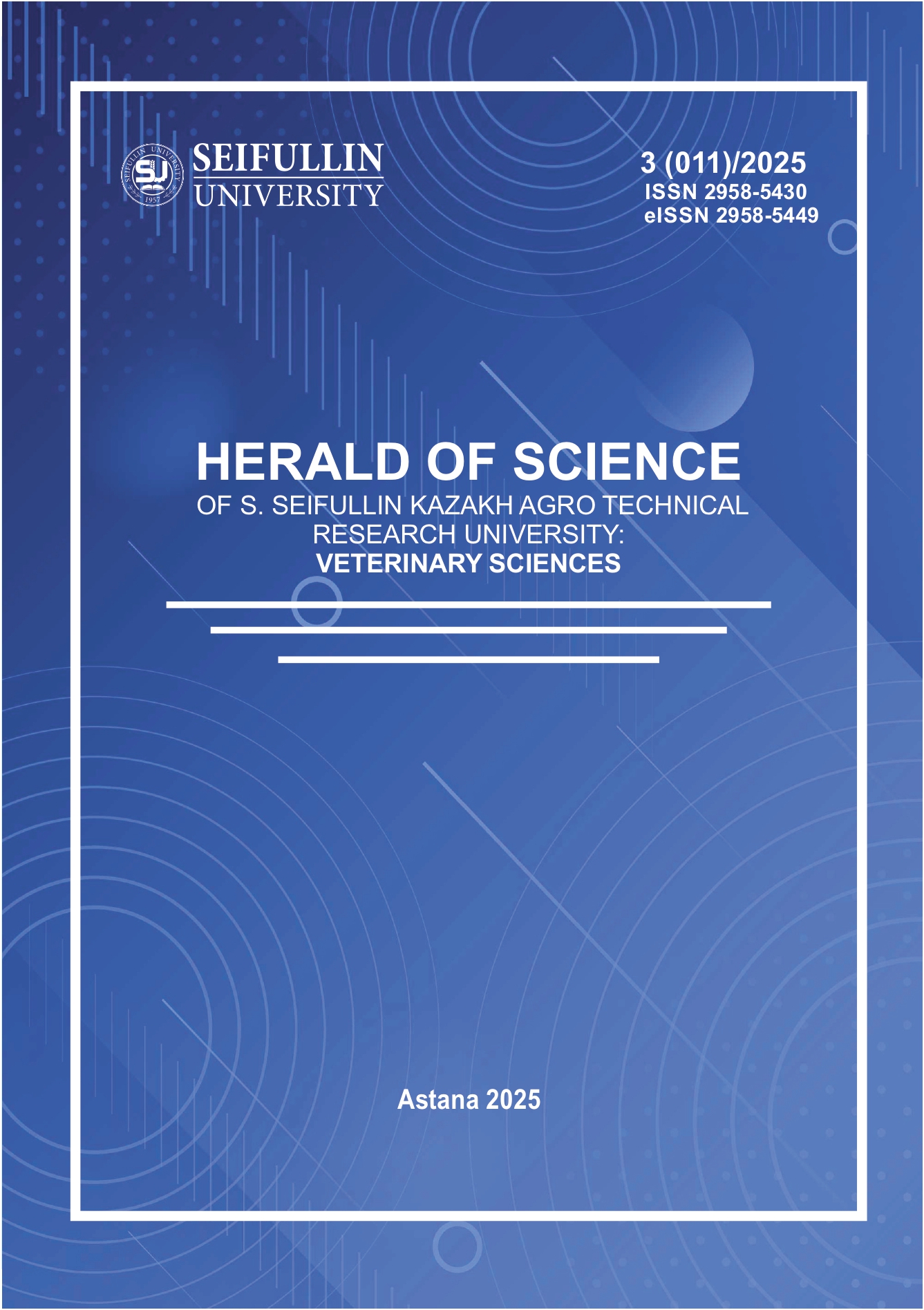The main helminths and protozoa of the digestive tract of domestic and wild ungulates in northern and central Kazakhstan
DOI:
https://doi.org/10.51452/kazatuvc.2025.3(011).2012Keywords:
gastrointestinal parasites; wild ungulates; domestic ungulates; helminths; protozoa; Kazakhstan.Abstract
Background and Aim. Parasitic infections in ungulates represent a major challenge to animal health, biodiversity conservation, and agriculture. This study aimed to investigate the diversity, prevalence, and intensity of gastrointestinal helminths and protozoa in domestic and wild ungulates in northern and central Kazakhstan, with a focus on species overlap and ecological implications.
Materials and Methods. Between January 2023 and July 2024, fecal samples (n = 559) from wild and domestic ungulates were collected from five regions. Standard flotation and centrifugation techniques (Fulleborn’s method) were used for parasitological analysis. Parasites were identified morphologically, and their prevalence was statistically assessed using chi-square tests.
Results. A broad spectrum of parasites was found, including Strongyle-type eggs, Eimeria, Trichuris, Nematodirus, Capillaria, and Dicrocoelium lanceolatum. Horses, sheep, and cattle exhibited the highest prevalence and mean intensity of disease, suggesting increased risk due to anthropogenic factors. Wild ungulates had lower infection rates, although cross-species infections were documented.
Conclusion. This study highlights significant interspecies variation in gastrointestinal parasitism, with domestic animals serving as major reservoirs. Monitoring and targeted control are essential at the wildlife–livestock interface.

